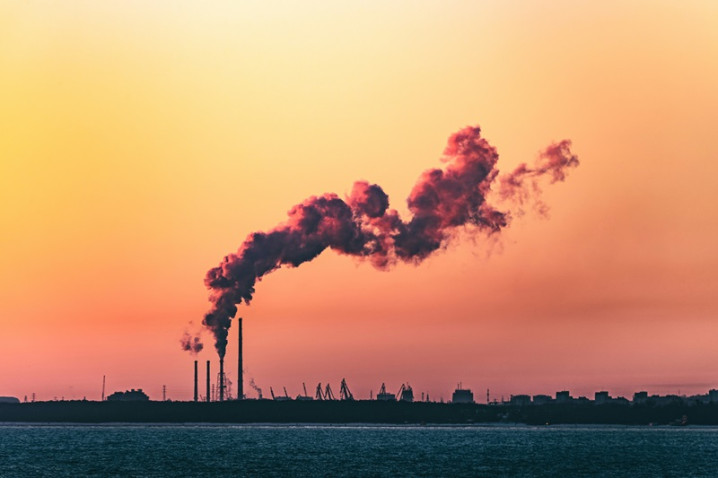A Green Solution for Methane Starts with CO2 and Copper
The electrochemical CO2 reduction reaction (CO2RR) transforms CO2 into methane using renewable energy. Advances in copper-based catalysts and gas diffusion electrodes have significantly improved efficiency, making CO2RR a promising method for sustainable methane production and reducing greenhouse gas emissions.

Reducing greenhouse gases like CO2 is crucial to slowing down global warming. One promising method is the electrochemical CO2 reduction reaction (CO2RR), which turns CO2 into useful fuels like methane using renewable electricity from wind, hydro, and solar power. This process not only cuts CO2 emissions but also produces reliable energy.
New Catalysts for Better Methane Production
Methane often gets a bad rap because it’s a potent greenhouse gas. However, when produced and used responsibly, methane can be a clean and efficient energy source. Methane is the main component of natural gas, used widely for electricity and heat. Producing methane through CO2RR offers a way to recycle CO2 into a valuable fuel, reducing our reliance on fossil fuels and helping to close the carbon loop.
Researchers have developed new catalysts that can improve the efficiency of converting CO2 to methane. Using copper-supported iron-single-atom catalysts or adding copper ions into a cerium oxide matrix has shown good results. Other methods involve less alkaline electrolytes and doping copper with other metals like gallium.
Despite these improvements, there are still challenges in making the process efficient and affordable. Right now, producing methane this way costs much more than other methods.
Solving CO2 Diffusion Problems
Traditional methods have issues with CO2 diffusion, but using a flow cell design can help. In these setups, a gas diffusion electrode (GDE) separates CO2 gas from the electrolyte, allowing more effective use of highly alkaline solutions. This reduces resistance and increases current density, although it can also lead to unwanted products like ethylene.
The size and shape of catalysts, especially copper, are crucial. New studies have shown that smaller copper nanoparticles favor methane production. Researchers have made copper nanoparticles from 0.5 nm to 200 nm and found that smaller particles shift the reaction from ethylene to methane. Tests in flow cell setups confirmed these results, achieving high methane production with stable performance over time.
Improving the design of catalysts and optimizing electrolytes has significantly boosted the efficiency of methane production from CO2. By focusing on the right size and shape of catalysts, scientists have developed methods that achieve high methane production rates. These advancements make CO2RR a more promising and sustainable technology for creating methane, transforming a greenhouse gas into a clean energy solution.
Resource:Environment + Energy Leader
Photo credit to:Unsplash

